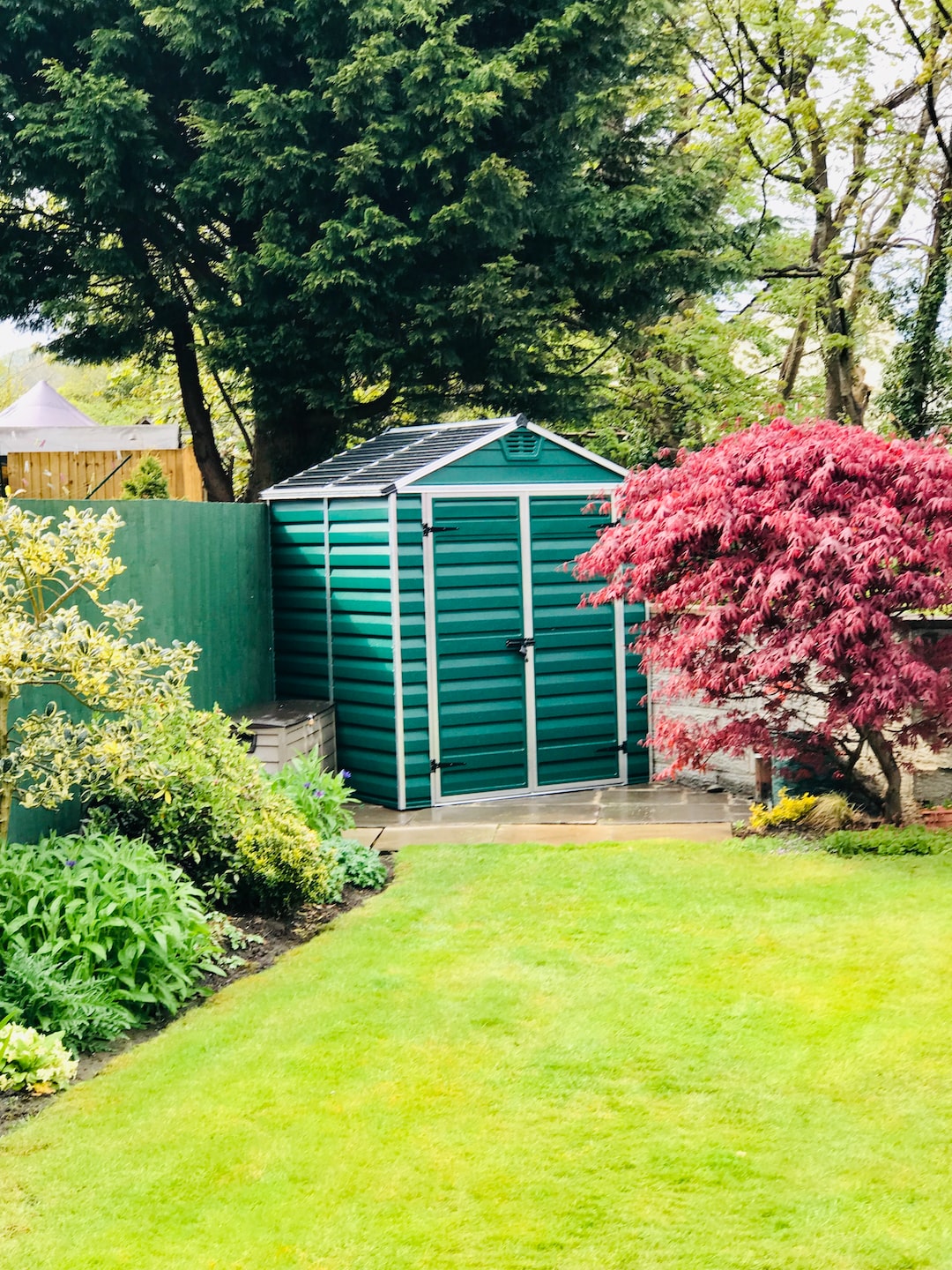Using color is one of the most exciting and creative aspects of garden design. A well-planned color scheme can transform even the smallest of gardens into a mesmerizing and enchanting space. Colors have a significant impact on our mood and emotions, so it is crucial to use them wisely and with care. In this article, we will share some tips for using color in your garden design that will help you to create a stunning and harmonious outdoor space.
1. Get inspired by nature
Nature is the most powerful teacher when it comes to color. Observe how colors in nature are arranged and how they complement each other. Take inspiration from the changing colors of the seasons, a sunset, a butterfly, or even a colorful fruit tree. Nature’s color palette is limitless, and you can never go wrong by emulating it.
2. Use the color wheel
The color wheel is a great tool to help you understand how colors work together. It consists of the primary colors (red, blue, and yellow), secondary colors (green, purple, and orange), and tertiary colors (a combination of primary and secondary colors). Colors opposite each other on the color wheel, such as red and green, are complementary colors that create a striking contrast. Using complementary colors can give your garden a vibrant and dynamic look.
3. Think about mood and atmosphere
Colors can evoke different moods and emotions, and it is essential to think about the atmosphere you want to create in your garden. Warm colors such as red, orange, and yellow can create a cozy and inviting atmosphere, while cool colors such as blue and green can create a calming and relaxing ambiance. Consider the space’s purpose and the mood you want to convey when selecting colors.
4. Consider the foliage
Using colorful foliage is an excellent way to add texture and depth to your garden. Consider using plants with different leaf shapes and sizes, such as spiky yucca plants or the large-leafed hosta plant. Plants with variegated leaves, such as the Japanese painted fern or the variegated hosta plant, can bring a new dimension of color to your garden.
5. Start with a base color
Starting with a base color is an excellent way to build your color scheme. Identify one or two colors that you want to use as your base, such as green or white. Then, add accent colors that complement the base. For example, if you choose green as the base, you can add accents of pink, purple, or yellow to create a colorful and harmonious space.
6. Use color in hardscaping
Color doesn’t have to be limited to plants. You can use color in hardscaping elements such as paving stones, garden furniture, and decorative accessories. Using colorful pottery, bright furniture, or colorful ornaments can add a pop of color to your garden.
In conclusion, using color in your garden design can be a fun and rewarding experience. It can create a visually stunning and harmonious space that impresses and inspires. Consider these six tips when selecting colors for your garden, and you will surely create a beautiful and dynamic outdoor space that you can enjoy for years to come.

